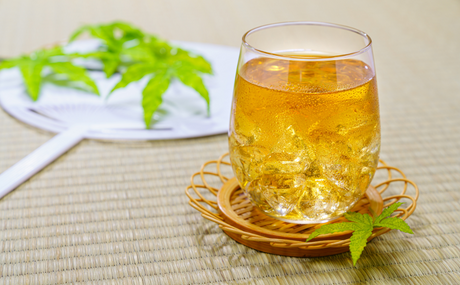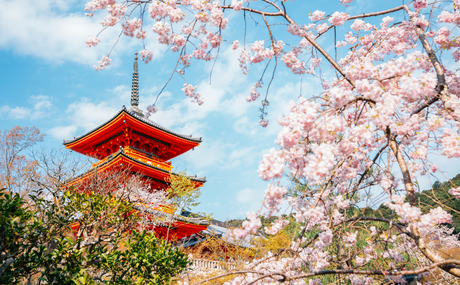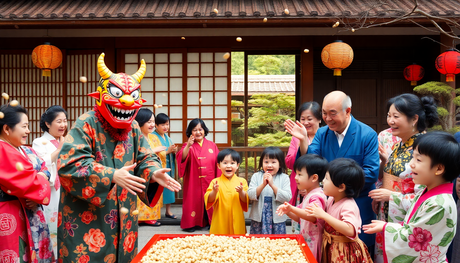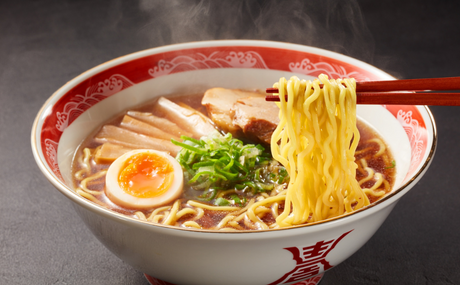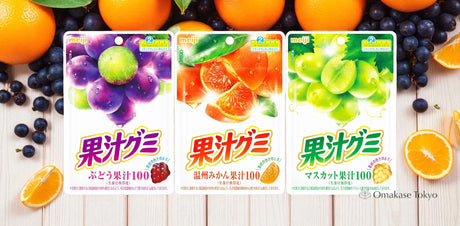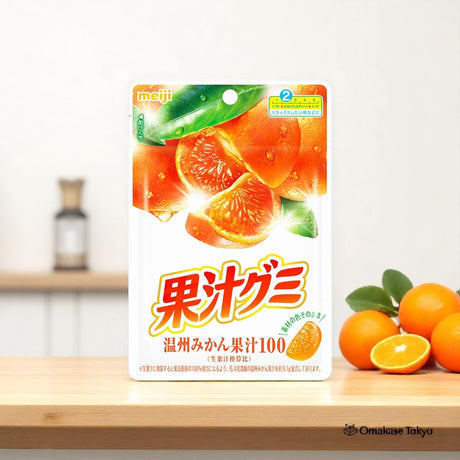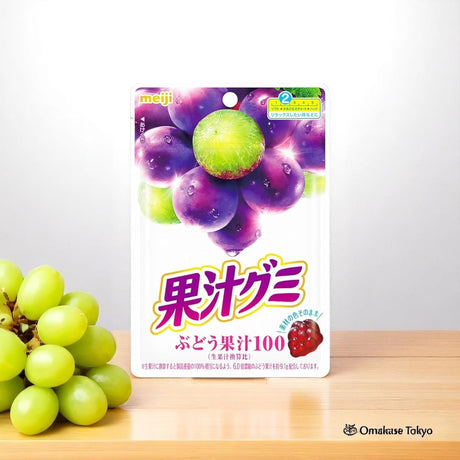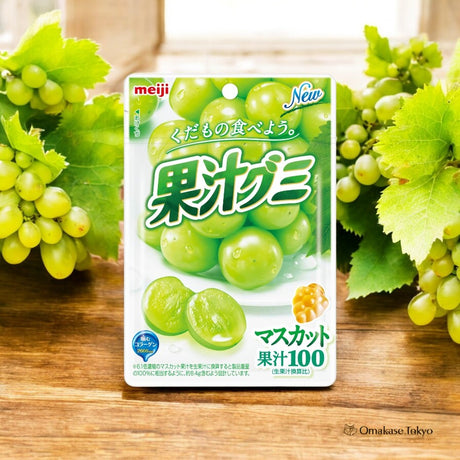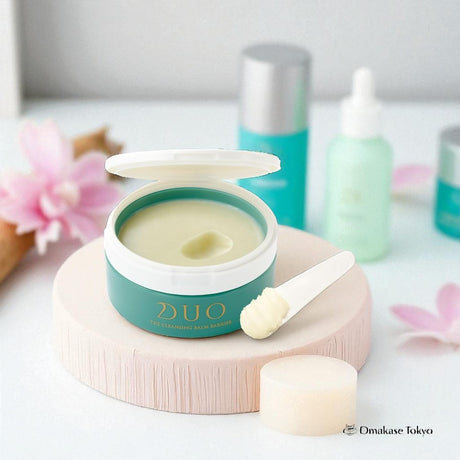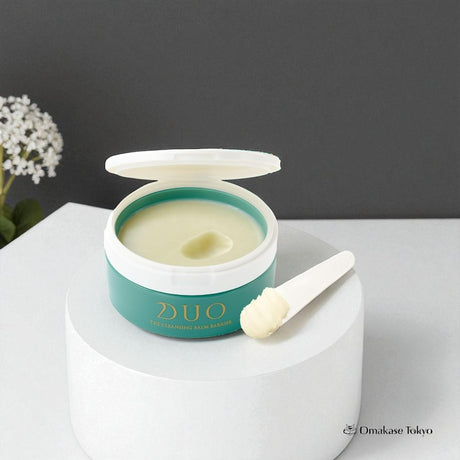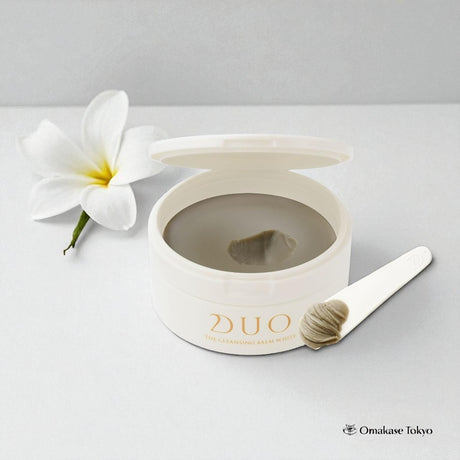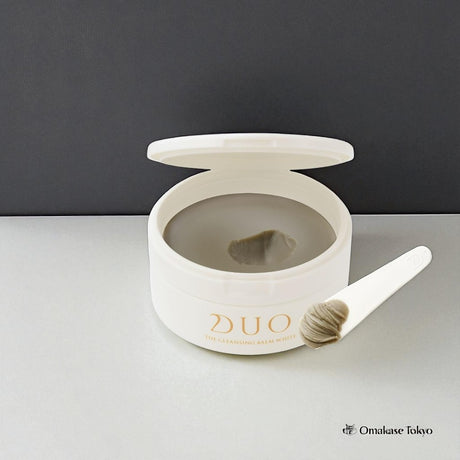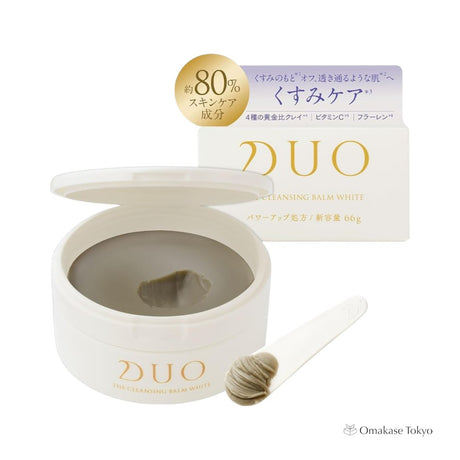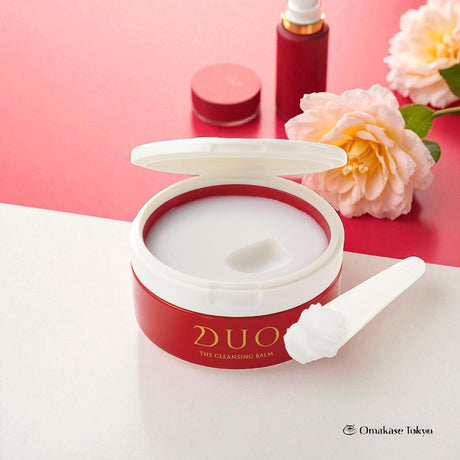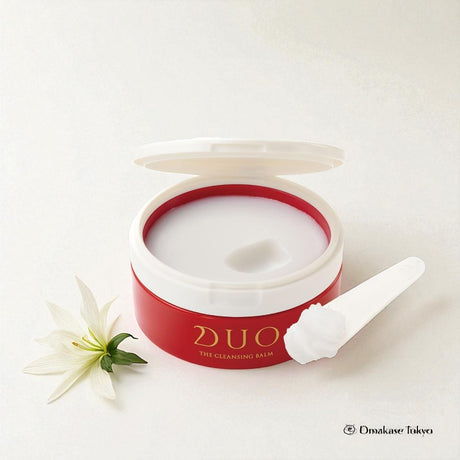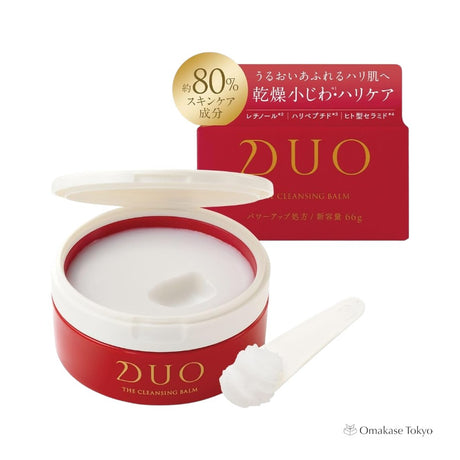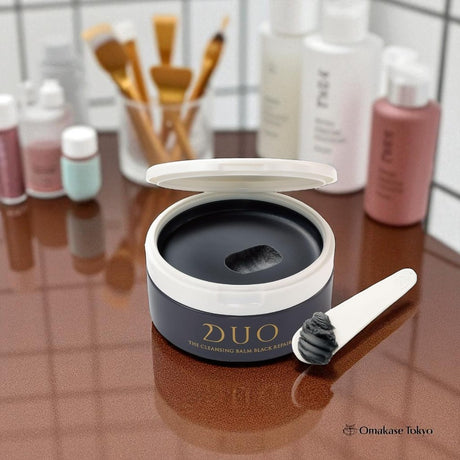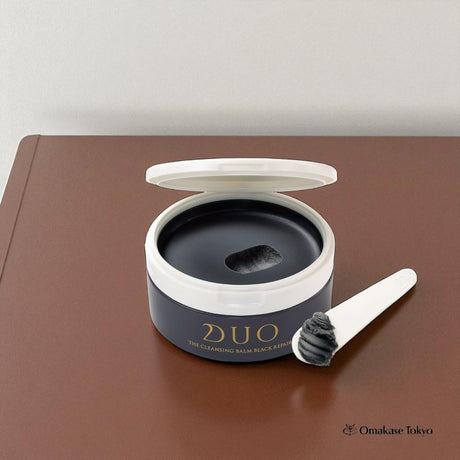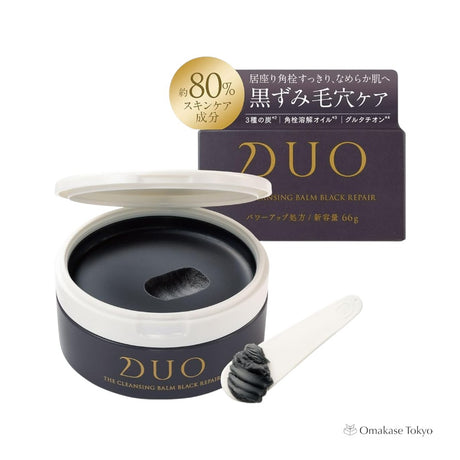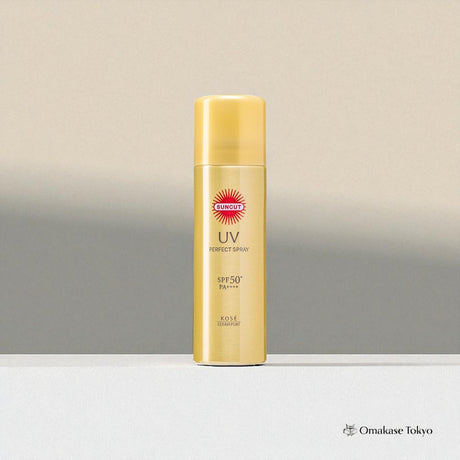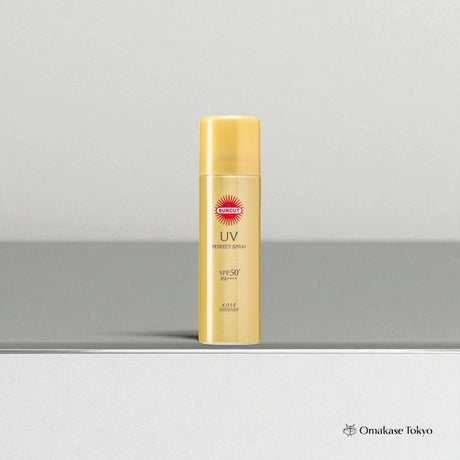Japanese parfaits, known as "pafe" (パフェ) in Japan, are a delightful and visually stunning dessert that has captured the hearts of food enthusiasts both in Japan and around the world. Unlike their Western counterparts, Japanese parfaits are more than just a dessert—they are a celebration of flavors, textures, and aesthetics that embody the Japanese attention to detail and creativity. This article explores the origins, ingredients, and cultural significance of Japanese parfaits, and what makes them stand out in the world of desserts.
Origins and Evolution
The word "parfait" originates from France, where it refers to a dessert made with layers of ice cream, fruit, and syrup. The Japanese parfait, however, has evolved into something much more elaborate and distinct. The introduction of Western desserts to Japan in the late 19th century sparked a culinary revolution, with Japanese chefs and home cooks incorporating Western elements into their traditional sweets. Over time, Japanese parfaits have evolved to include an array of ingredients, reflecting both Western influences and local tastes.
Ingredients and Presentation
What sets Japanese parfaits apart is their intricate layers and diverse ingredients. A typical Japanese parfait might include:
- Ice Cream: Often in unique flavors like matcha (green tea), black sesame, or sweet potato, as well as classic flavors like vanilla and chocolate.
- Fruits: Fresh, seasonal fruits are a staple, such as strawberries, kiwi, mango, or peaches. The use of local, high-quality fruits adds a fresh and vibrant touch.
- Jellies and Syrups: These add a chewy texture and additional sweetness. Matcha or fruit-flavored jellies are common.
- Cereal or Granola: Provides a crunchy texture, balancing the softness of ice cream and fruit.
- Whipped Cream: Often used as a topping to add creaminess and volume.
- Red Bean Paste (Anko): A traditional Japanese ingredient that adds a sweet and earthy flavor.
- Mochi: Soft, chewy rice cakes that add a traditional Japanese element.
- Pocky or Chocolate Sticks: For a playful, decorative touch.
The presentation of Japanese parfaits is an art form in itself. Each layer is carefully arranged to create a visually appealing and harmonious composition. The glassware used is often tall and transparent, allowing diners to appreciate the beautiful layers before tasting.
Cultural Significance
In Japan, desserts are often enjoyed as part of a social experience, and parfaits are no exception. Parfait cafes and dessert shops are popular gathering spots for friends and families. Sharing a parfait is a way to bond over a shared appreciation for beauty and flavor.
Japanese parfaits also reflect the cultural value placed on seasonality and aesthetics. The choice of ingredients often changes with the seasons, highlighting the best produce available and offering diners a unique experience throughout the year. This seasonal approach not only enhances the flavor but also aligns with the Japanese appreciation for nature and its cycles.
Why Japanese Parfaits are Independent
Japanese parfaits are independent in their identity due to several key factors:
-
Innovation and Creativity: Japanese chefs continually experiment with flavors and presentations, leading to endless variations and unique creations. This constant innovation keeps the parfait experience fresh and exciting.
-
Local Ingredients: By incorporating traditional Japanese ingredients like matcha, mochi, and red bean paste, Japanese parfaits create a distinct identity that differentiates them from Western-style parfaits.
-
Aesthetic Appeal: The meticulous attention to detail in the presentation elevates the parfait to a work of art, making it a feast for the eyes as well as the palate.
-
Cultural Fusion: Japanese parfaits embody a fusion of Western dessert concepts with Japanese tastes and aesthetics, resulting in a hybrid that stands alone in the dessert world.
-
Seasonality: The focus on using seasonal ingredients ensures that Japanese parfaits offer a unique experience that is deeply connected to the time of year, enhancing their independence as a culinary tradition.
Enjoy the sweetness!
Japanese parfaits are more than just a dessert; they are a cultural expression of creativity, beauty, and seasonal appreciation. With their intricate layers and diverse flavors, they offer a unique and memorable experience for those who indulge in them. Whether enjoyed in a cozy café or a high-end dessert shop, Japanese parfaits continue to enchant and inspire dessert lovers around the globe.



